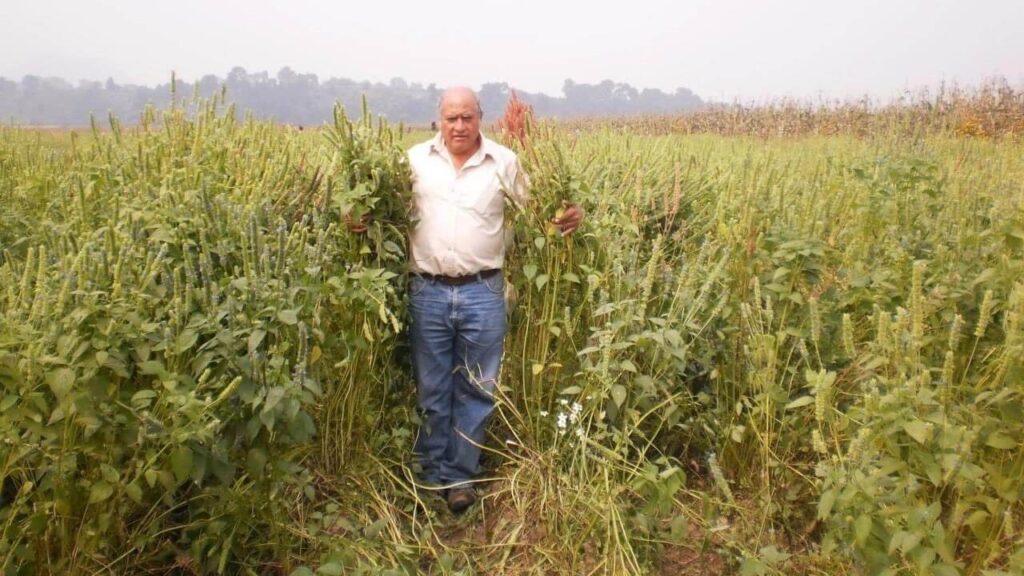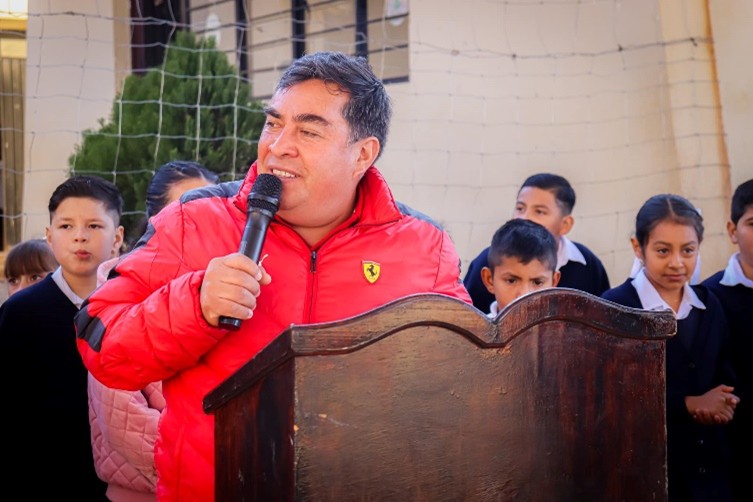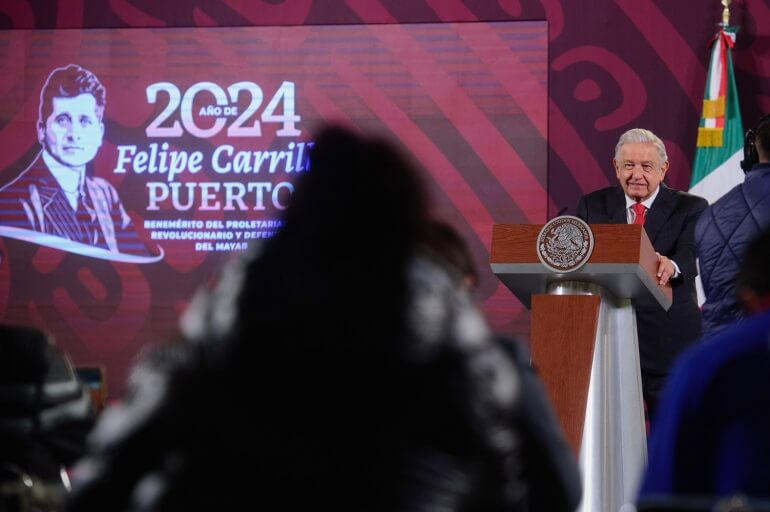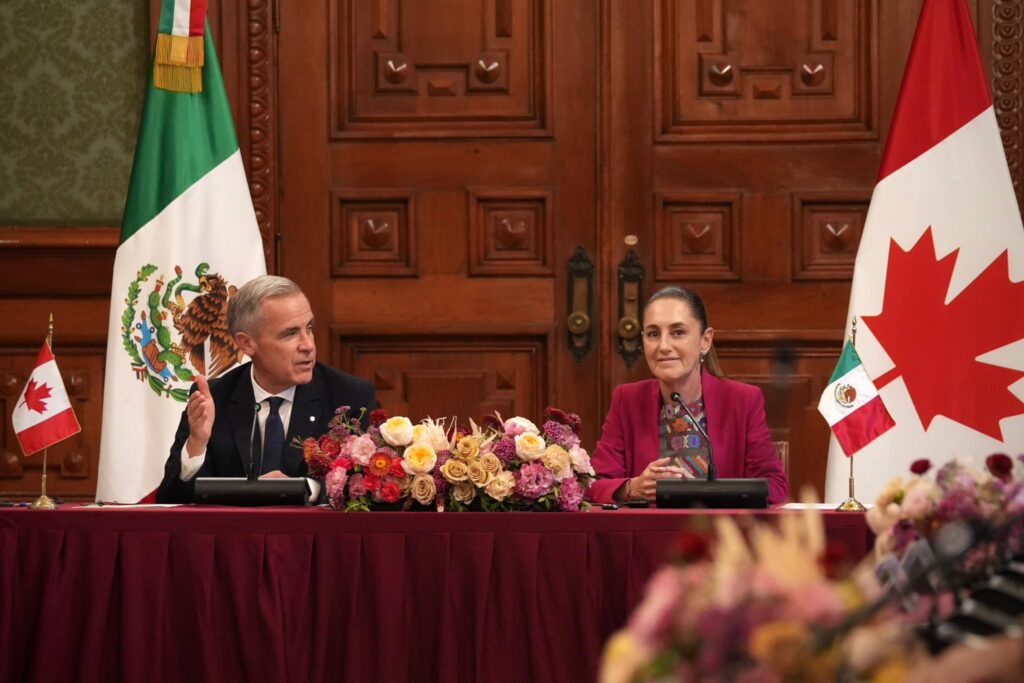Mexico City, Mexico — Methamphetamine is now the leading cause of addiction amongst Mexican youth, with its use reported in 21 of the country’s 32 states, according to Deputy Health Minister Hugo López Gatell.
The surging consumption of the synthetic drug widely produced by Mexican drug cartels has become a primary concern for the federal government, with the military ramping up efforts to hamper its production and distribution.
López Gatell made the announcement on June 27 during a daily media briefing from Mexican President Andrés Manuel López Obrador. According to the health official, 46% of people treated for addictions have named methamphetamines as their drug of choice, followed by alcohol and then marijuana.
López Gatell reported that in 2013 only six Mexican states reported treating people for addiction to amphetamine-like substances. However, the use of such chemicals experienced a geographical outgrow from then on. Specifically, Mexican health authorities noted a spread pattern in the northeast due to the relationship with the United States, where this product is heavily trafficked.

Since 2018, methamphetamine has displaced alcohol as the number one drug used among Mexicans, with the majority of its users consuming it between 18 to 25 years of age.
According to the United Nations’ World Drug Report 2022, Mexico has risen as one of the largest manufacturers of methamphetamine in the world, noting that in Mexico, increased production also triggered increased consumption.
In addition, Mexico reported that amphetamines have recently become the drug most frequently detected in deaths directly related to drugs. The UN report also stresses that murders linked to the crime syndicates behind the production of such drugs amount to 40% to 70% of the cases.
López Gatell also stressed how methamphetamine has not only become a health crisis but also one in terms of public security and safety. Leading drug cartels, such as the violent Jalisco New Generation Cartel (CJNG), have amassed great power and resources through the production and trafficking of methamphetamine, a vast production network taken from other rival cartels, and that, according to reports, is anchored in Mexico’s west.
Once acting as an enforcer and muscle for the Sinaloa Cartel, the CJNG set off into its own in 2010 during the government’s war on drug cartels. By 2015, the United States Treasury Department had labeled the CJNG as a dominant drug trafficking organization in Mexico.
At par with its reckless violence, the CJNG was able to position itself as a stronghold of the Mexican underworld thanks to the production and distribution of crystal methamphetamine in Mexico, especially in the western region, in the home state of the cartel in Jalisco.
The leading crystal meth supplier in the U.S. and Europe, the CJNG cartel has also solidified an internal market in Mexico in recent years. Researchers have pointed out that the CJNG’s success is attributed to its specialization in the crystal-meth market. It controls local and international production, establishes distribution networks, fixes prices, and manages local markets.
The cartel’s power and influence reflect the growing number of methamphetamine addicts and the current prevalence of the synthetic substance in most of Mexico.











